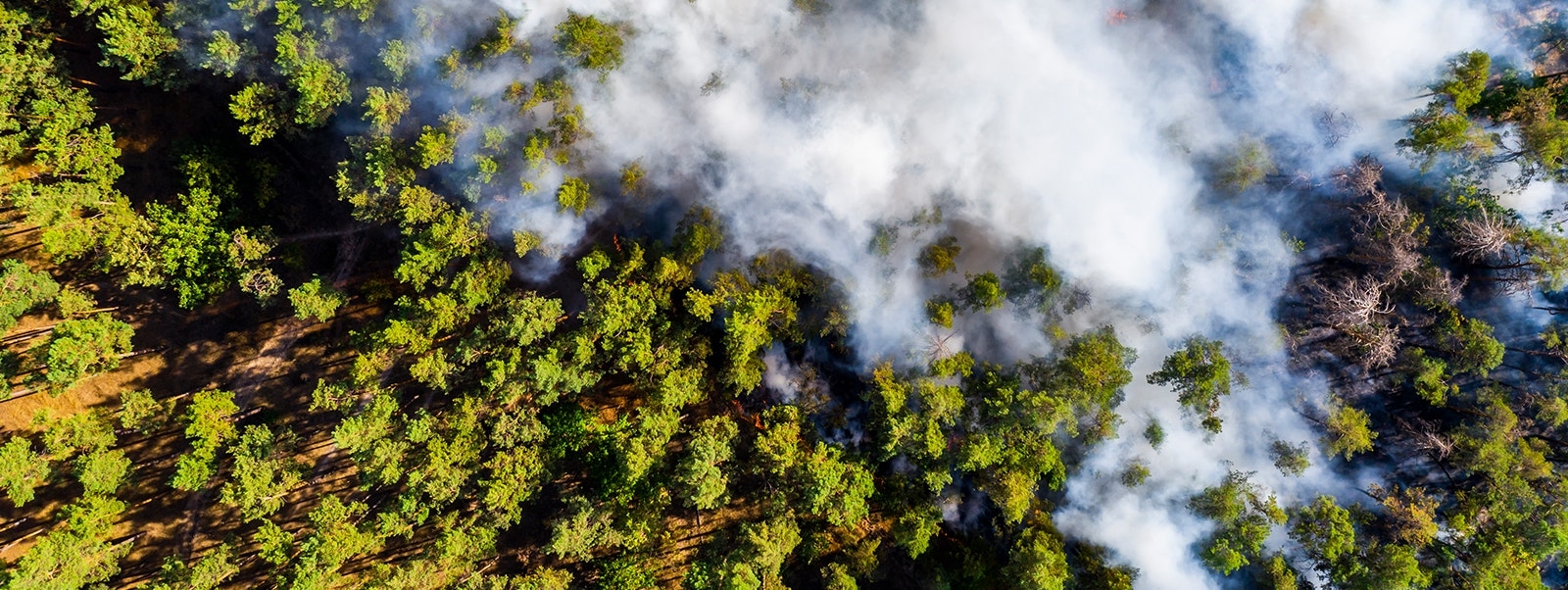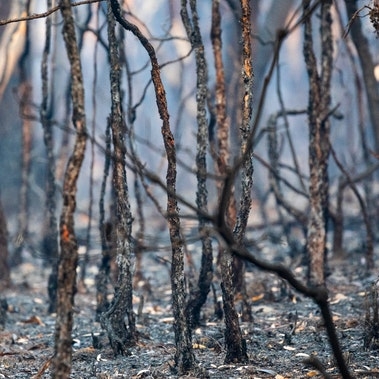Industrial executives in member countries of the Association of Southeast Asia Nations (ASEAN) have become increasingly aware of the impacts of climate change. In the most affected sectors – such as energy, agriculture, insurance, and construction – leaders have thought deeply about how to handle the risks and opportunities. Climate change is now incorporated into their strategies.
The region’s banks have been slower to respond. They have largely focused on managing reputational risk, and most of their strategies still do not reflect the financial risks and opportunities of climate change.
We believe that such thinking is myopic, and that bankers should think more like their clients, the industrialists. Climate change is going to be transformational for several non-financial sectors, and chief executive and financial officers will need support from their bankers in the form of capital, information, and expertise. The banks that position themselves early for this transformation will emerge as leaders in a new, expanding field. So far, however, we have not seen any ASEAN banks actively playing the role of the green champion of the future.
This article focuses on upstream energy as an example of a sector that will be affected, and then looks at the resulting opportunities for banks. But the changes and challenges are similar in many other sectors: directly related industries, such as coal transportation and power plant construction; and activities affected by climate change, such as transportation, agriculture, construction, mining, and iron and steel.
We think the responses banks need to make fall into three themes, which we deal with in turn:
- Support existing clients to meet their new needs
- Expand business related to the eco-economy
- Respond to new consumer demand








